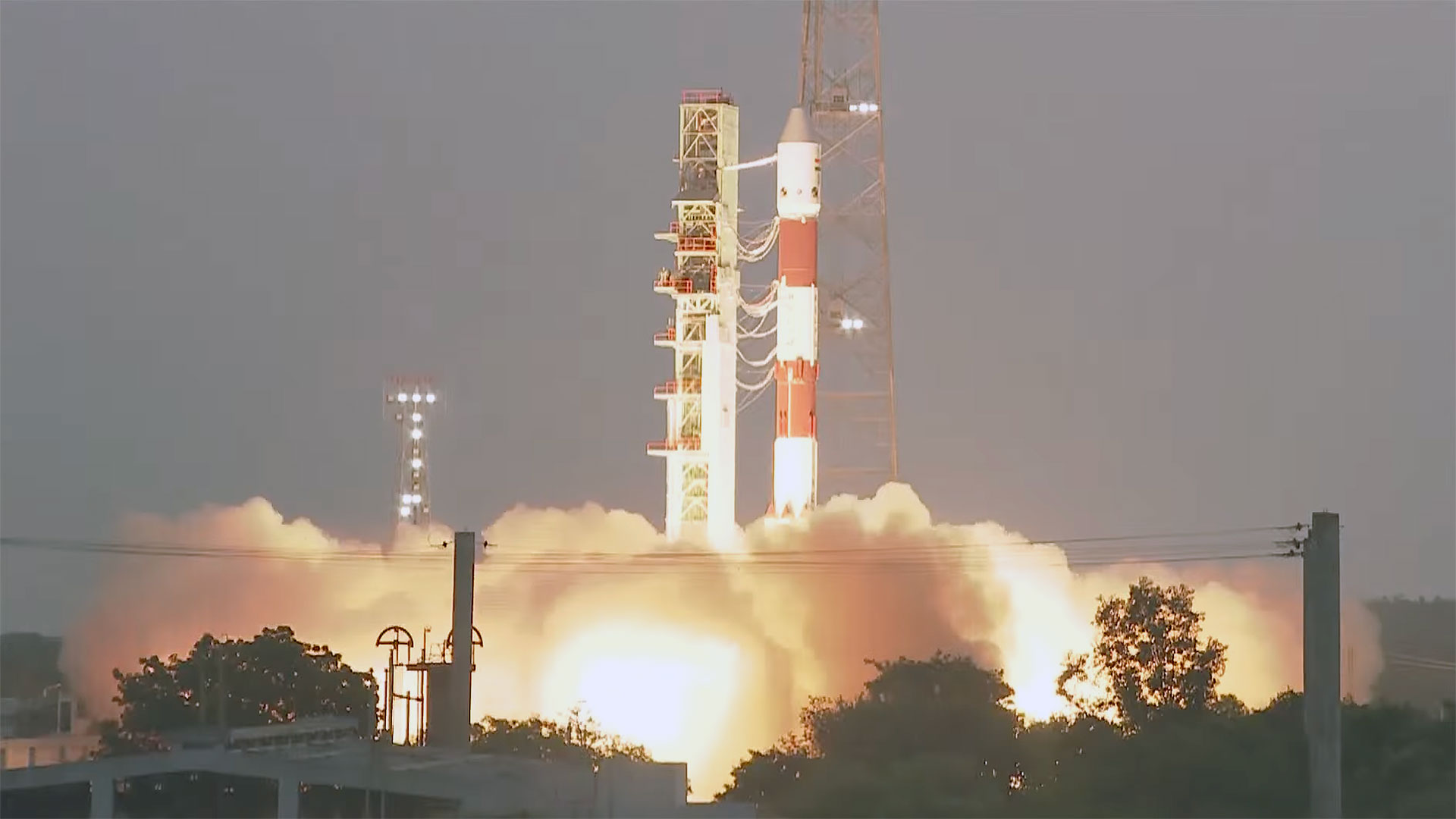The Best ISO-Certified Gear to See the 2017 Solar Eclipse
Gear Up for the Solar Eclipse!
Why you can trust Space.com
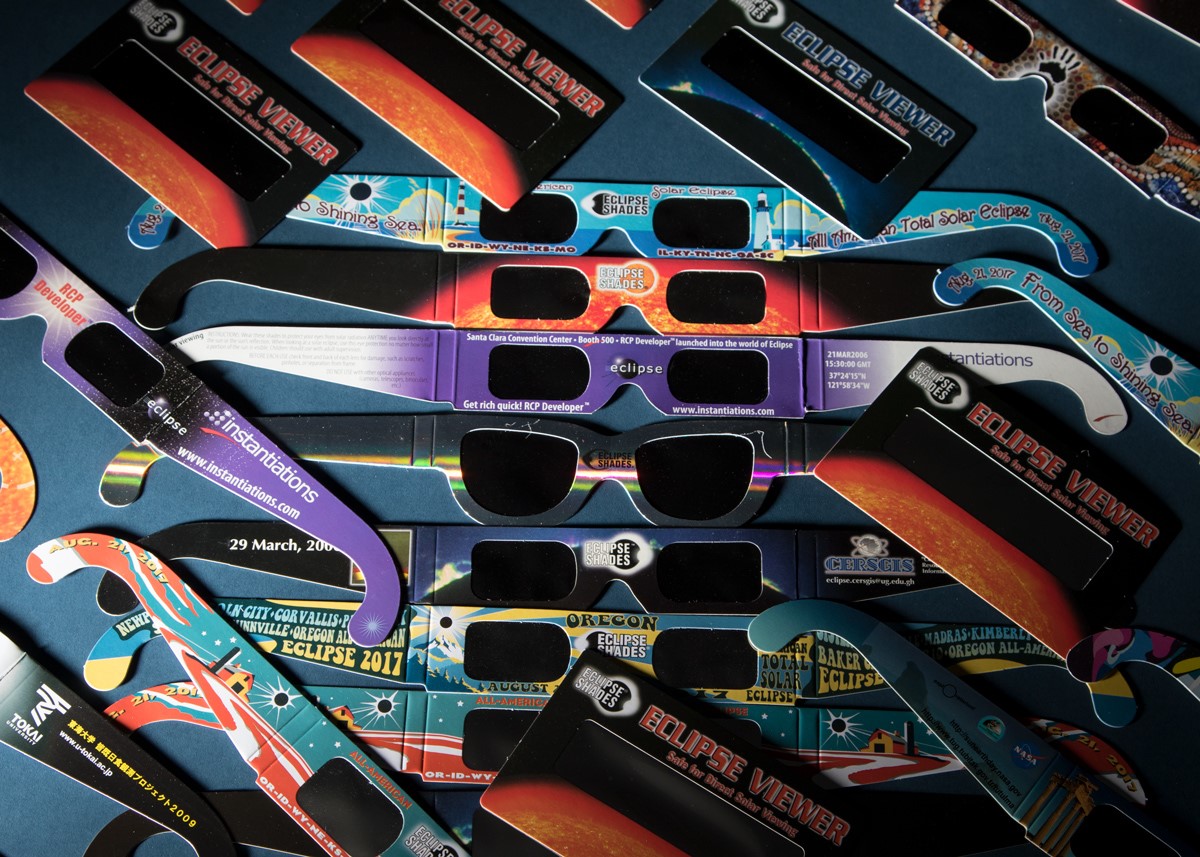
When the Great American Total Solar Eclipse sweeps across the U.S. on Aug. 21, you'll need some safety-rated gear to watch it safely. Not only will you need eye protection to see how the moon passes before the sun, but you'll also need safety-approved solar filters to spare your eyes a potentially irreversible case of eclipse blindness. The International Organization for Standardization (ISO) tests eclipse-watching products to make sure they will adequately protect your eyes from the sun, and we've rounded up some of the best ISO-approved items available today.
Here are Space.com's picks for the best ISO safety-rated solar-eclipse-viewing gear, including glasses, binoculars, telescopes and more!
Updated Aug. 8, 2017
Deluxe 3-Piece Sun Observing & Imaging Kit
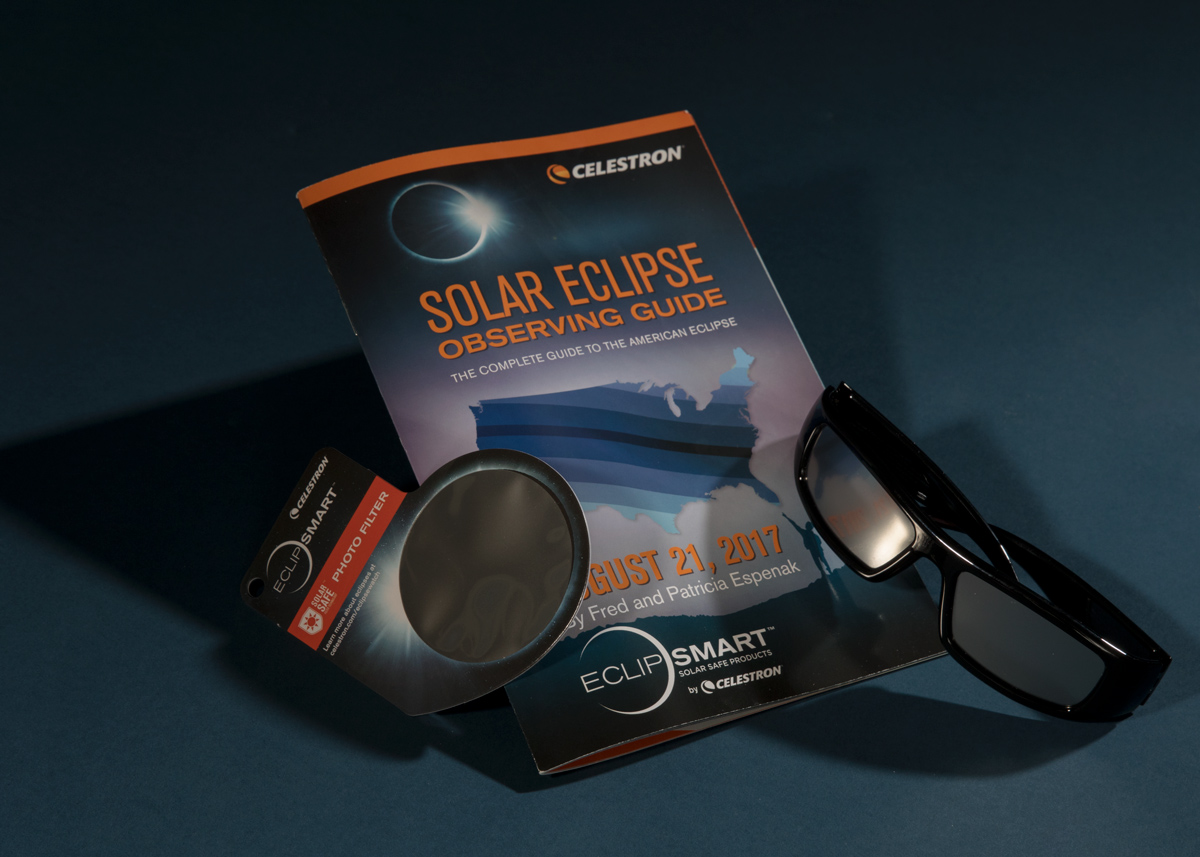
Celestron's deluxe solar observing and imaging kit comes with premium hard-frame EclipSmart™ solar glasses, a solar imaging filter and a 32-page booklet packed with useful information about the eclipse. ($27 on Amazon)
Why we love it: Use your phone (or any other camera) to capture cool photos of the solar eclipse. And the plastic eclipse glasses are more durable than the paper kind, which can easily become wrinkled or sweaty. These will last longer, plus they're more comfortable and easier to wear.
Buy Deluxe 3-Piece Sun Observing & Imaging Kit on Amazon.com.
EclipSmart™ Power Viewers
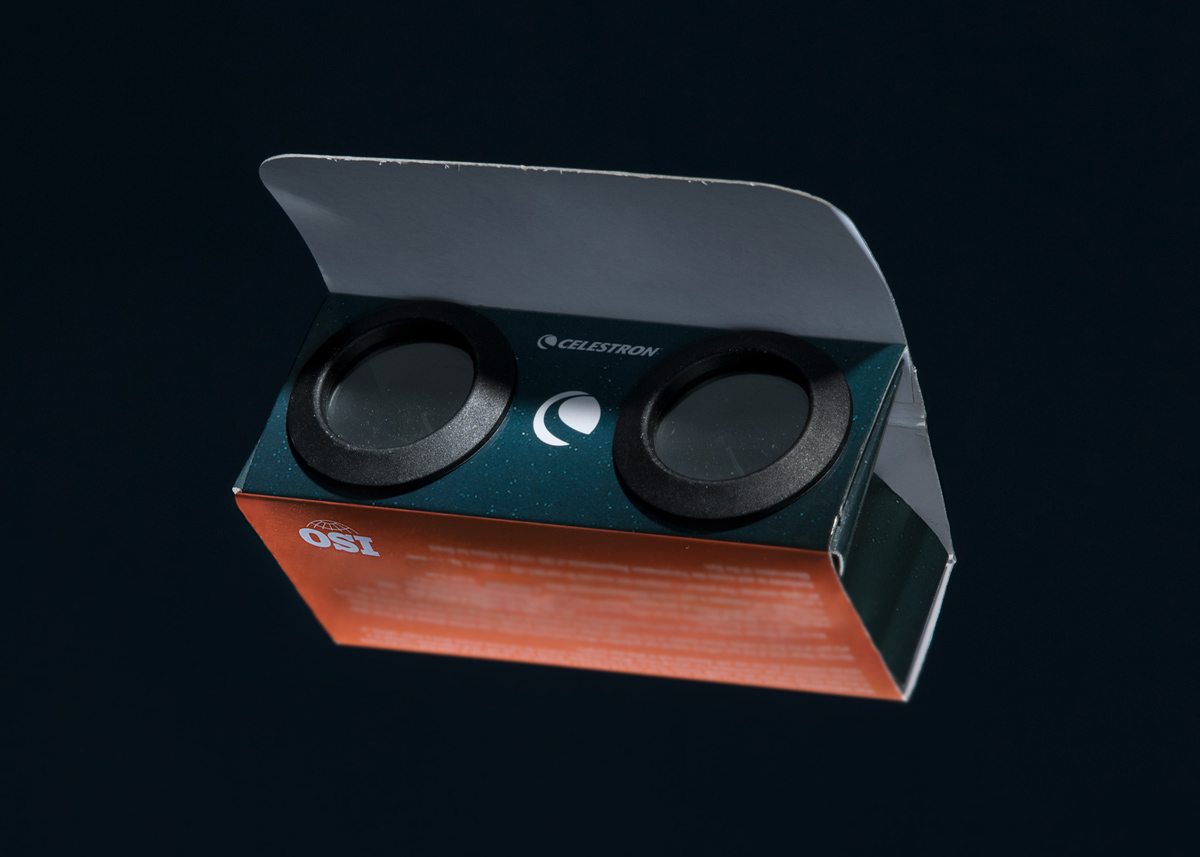
Celestron's EclipSmart™ power viewers come with two ISO-certified safe solar eclipse-viewing binoculars and a 2017 solar eclipse map. ($10 on Amazon)
Why we love it: These foldable paper viewers can slip into your pocket for convenient stowage.
Buy EclipSmart™ Power Viewers on Amazon.com.
EclipSmart™ 10x25 Solar Binocular
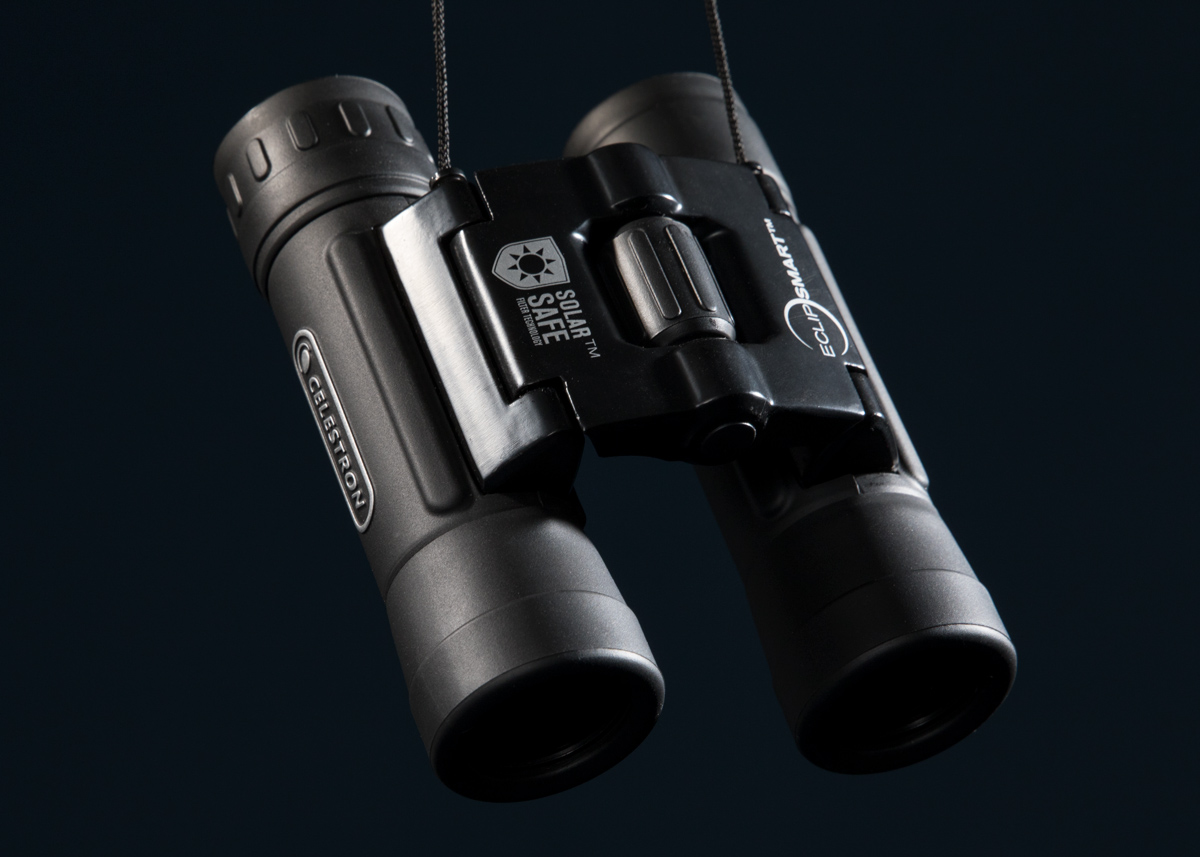
These compact binoculars also magnify your view 10 times, but with slightly smaller lenses, they're easier to transport. ($35 on Amazon)
Why we love it: Small but powerful, these binoculars can even reveal small features on the surface of the sun, like sunspots.
Buy EclipSmart™ 10x25 Solar Binocular on Amazon.com.
EclipSmart™ 10x42 Solar Binocular
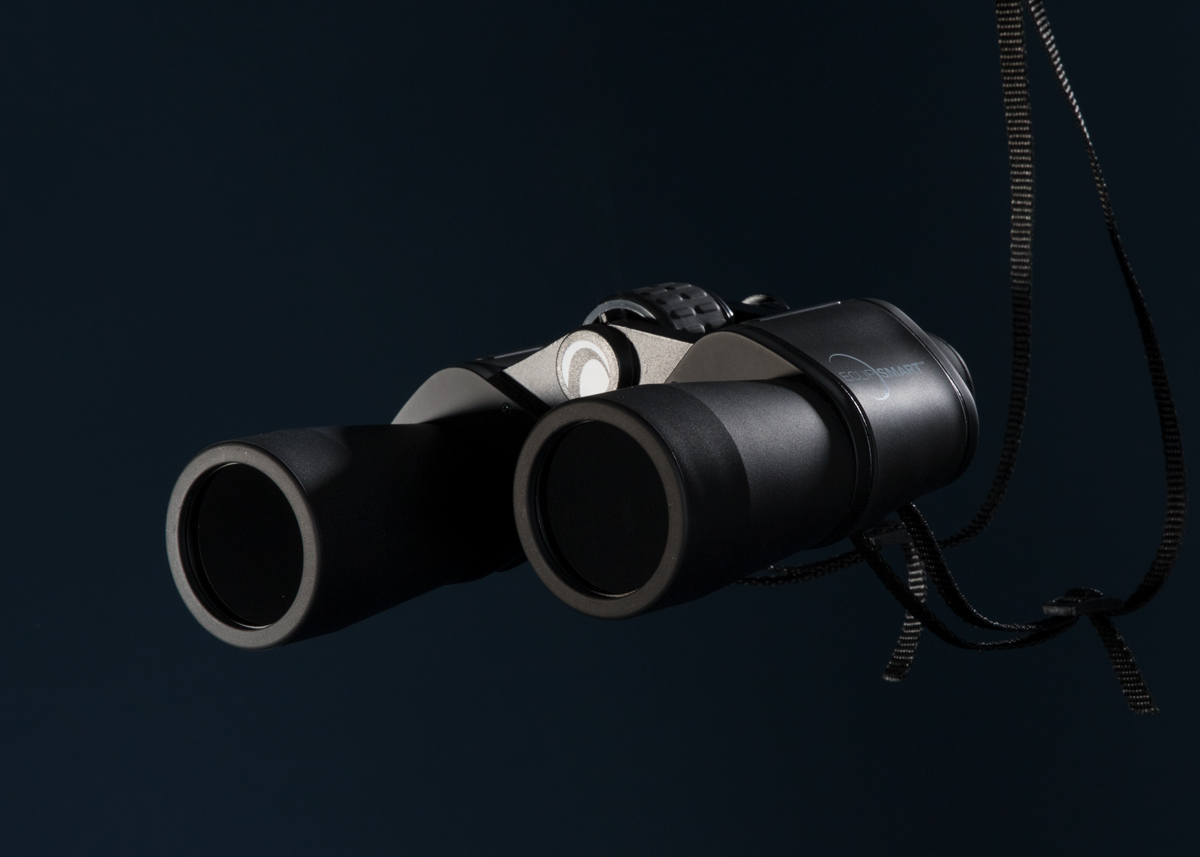
Get a closer look at the solar eclipse without the bulk of a telescope with a nice pair of solar binoculars. These contain ISO safety-rated filters for guaranteed safe viewing of the sun magnified 10 times. ($70 on Amazon)
Why we love it: Celestron's full-size solar binoculars provide a wide field of view to clearly see the sun's entire disk during the solar eclipse.
Buy EclipSmart™ 10x42 Solar Binocular on Amazon.com.
EclipseView™ 10x50 Binoculars
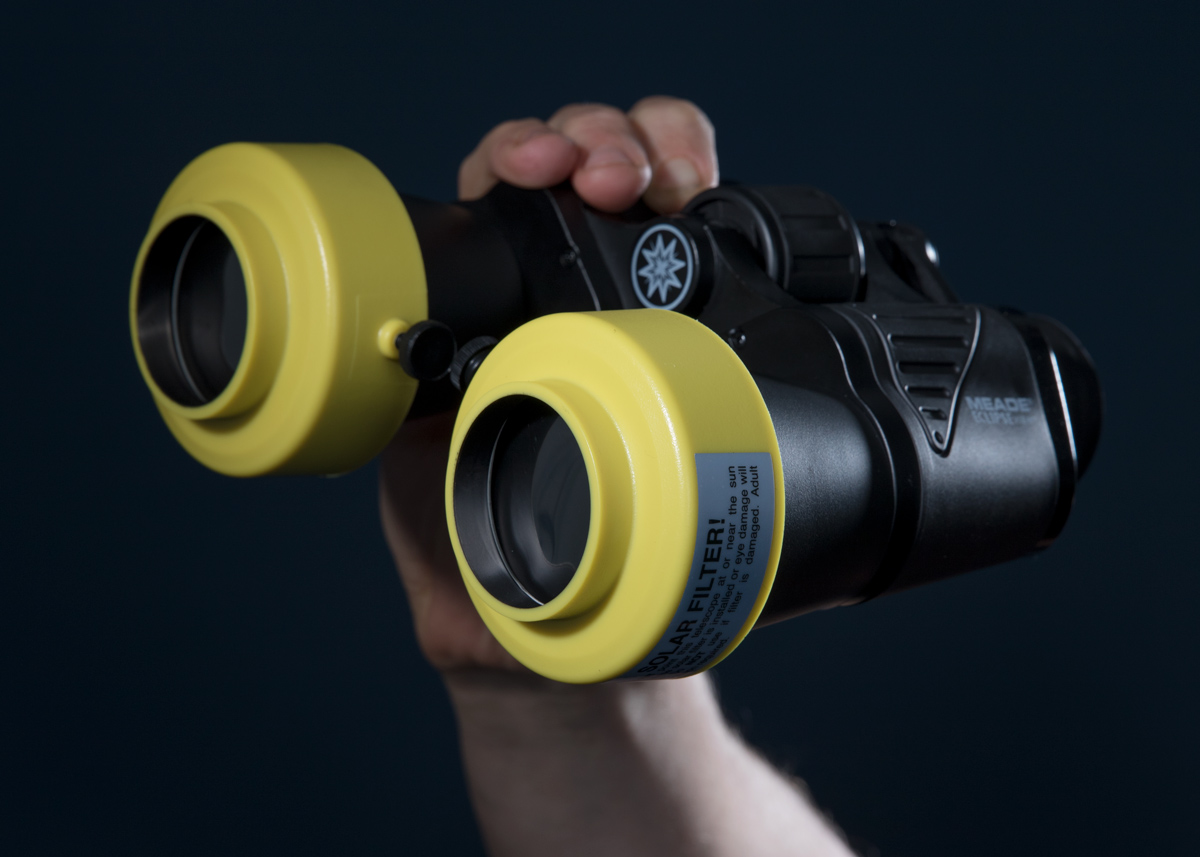
Use these to watch the eclipse, then remove the two solar filters inside and you've got a sturdy pair of outdoor binoculars! These will magnify your view 10 times while providing crucial protection from the sun's bright light. These binoculars come with a padded carrying case, a neck strap and a cleaning cloth. ($70 on Amazon)
Why we love it: Rubber armoring protects the binoculars from damage, making them great for outdoor adventures. You can use them to look at celestial objects in the night sky, or you can take them bird-watching. They're extremely versatile and built to last.
Buy EclipseView™ 10x50 Binoculars on Amazon.com.
EclipSmart™ Solar Scope 50
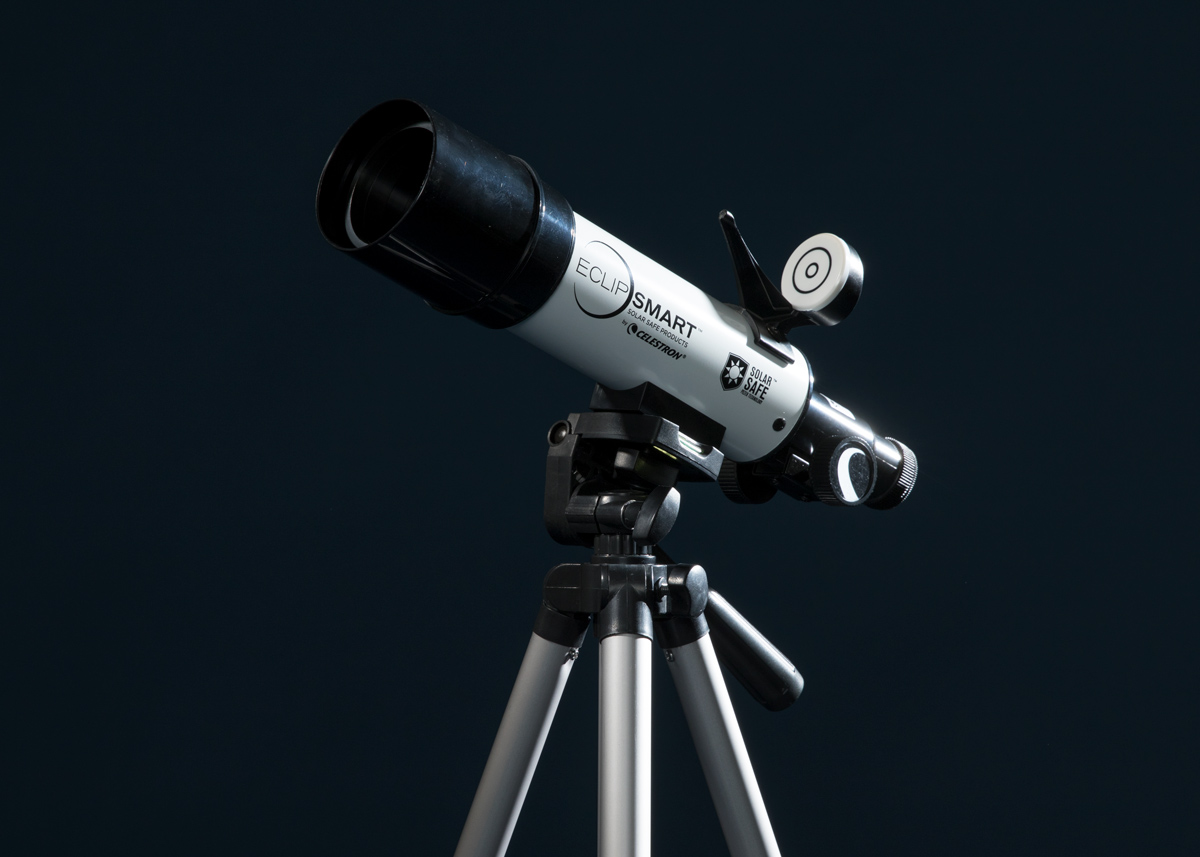
The EclipSmart™ Solar Telescope 50 by Celestron has a built-in solar filter and 20-mm eyepiece and magnifies your view 18 times. It includes a solar-safe finder scope that allows the user to easily align the solar scope to the sun without directly viewing the sun.($100 on Amazon)
Why we love it: This kit includes an adjustable tripod and a backpack that fits the telescope, tripod and other accessories.
Buy EclipSmart™ Solar Scope 50 on Amazon.com.
Next: Solar Shades
EclipseView™ 60-mm Reflecting Telescope
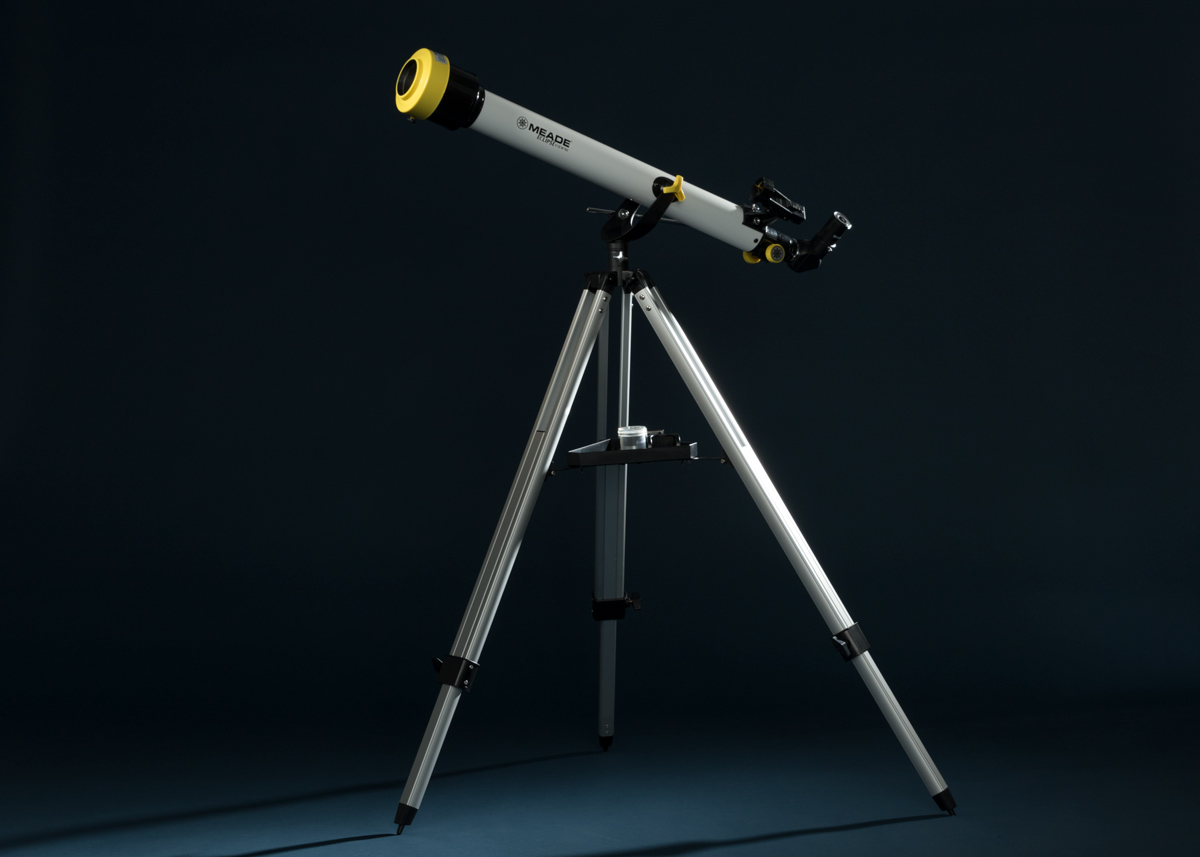
This 60-millimeter refracting telescope by Meade comes with a removable white-light solar filter, so you can observe the sun during the day and go check out the stars at night. It includes two eyepieces for viewing a wide range of objects and a 2X barlow that doubles the magnification. The altazimuth mount comes with a slow-motion control rod for tracking celestial objects as they move across the night sky. ($99 on Amazon)
Why we love it: When you're not looking at the sun or the night sky, this telescope can also be used to observe objects on Earth as well.
Buy EclipseView™ 60-mm Reflecting Telescope on Amazon.com.
"Sun Catcher" 70-mm Telescope
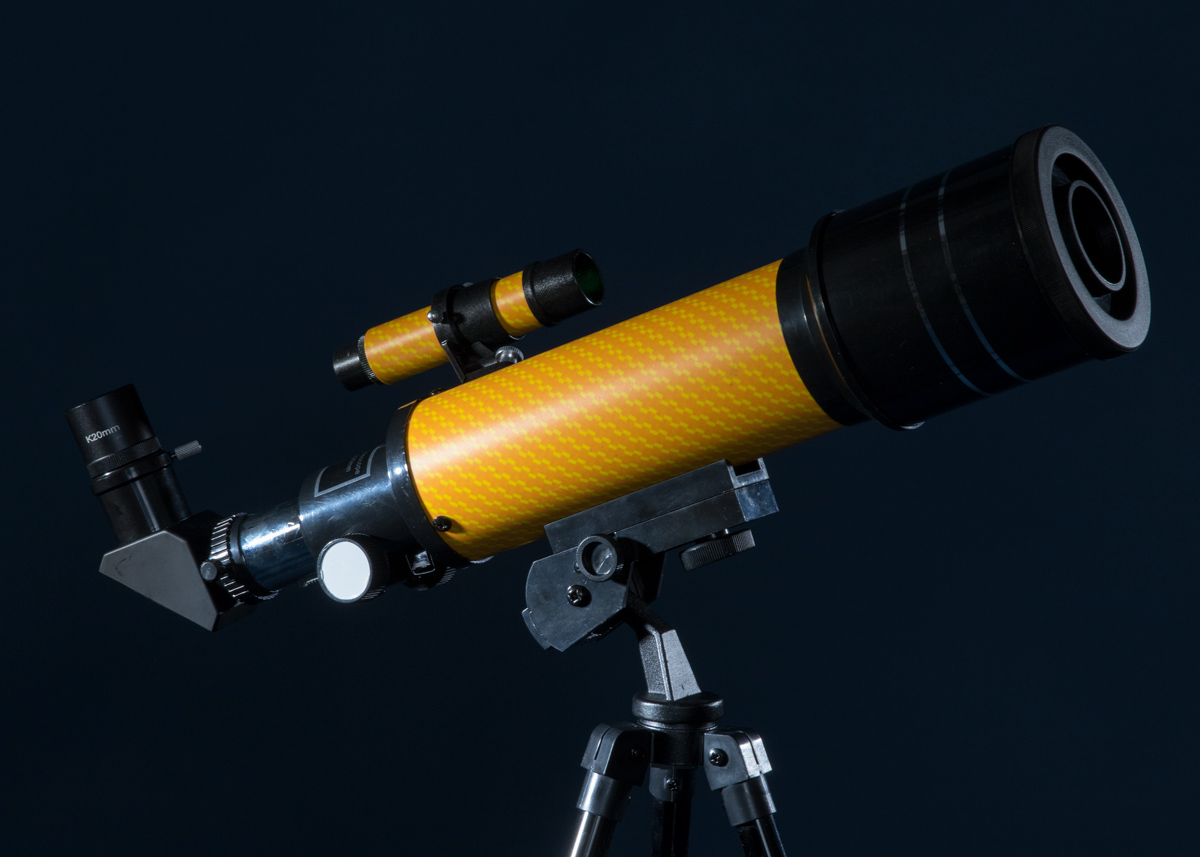
Editor's Note: After Aug. 8, this product may not ship in time for the Aug. 21 solar eclipse.
This 70-mm version of Explore Scientific's "Sun Catcher" telescope gives you an even better look at the sun during the eclipse. ($60 from Explore Scientific).
Why we love it:These telescopes are relatively affordable, lightweight and compact. They contain an ISO-rated safety filter that can be removed after the solar eclipse, making it useful for year-round stargazing – no eclipse necessary!
Buy "Sun Catcher" 70-mm Telescope here.
EclipseView™ 76-mm Reflecting Telescope
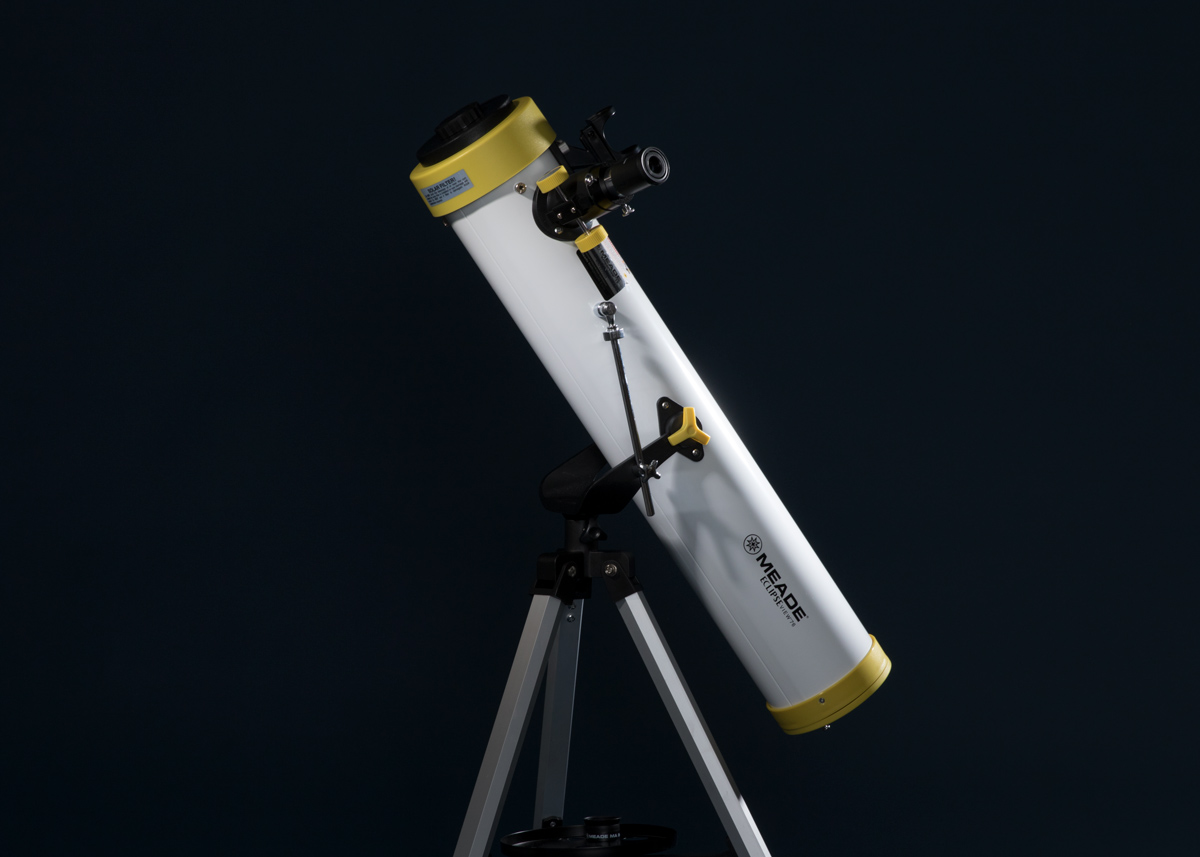
Meade's 76-millimeter reflecting telescope comes with a removable white-light solar filter, two eyepieces and viewfinders for both daytime and nighttime use. It has a slightly smaller aperture than its 76-mm counterpart but with more than twice the focal length and a focal ratio of f/9.2. ($130 on Amazon)
Why we love it: The altazimuth mount on this telescope provides slow-motion control for tracking objects that move across the sky.
Buy EclipseView™ 76-mm Reflecting Telescope on Amazon.com.
EclipseView™ 82-mm Reflecting Telescope
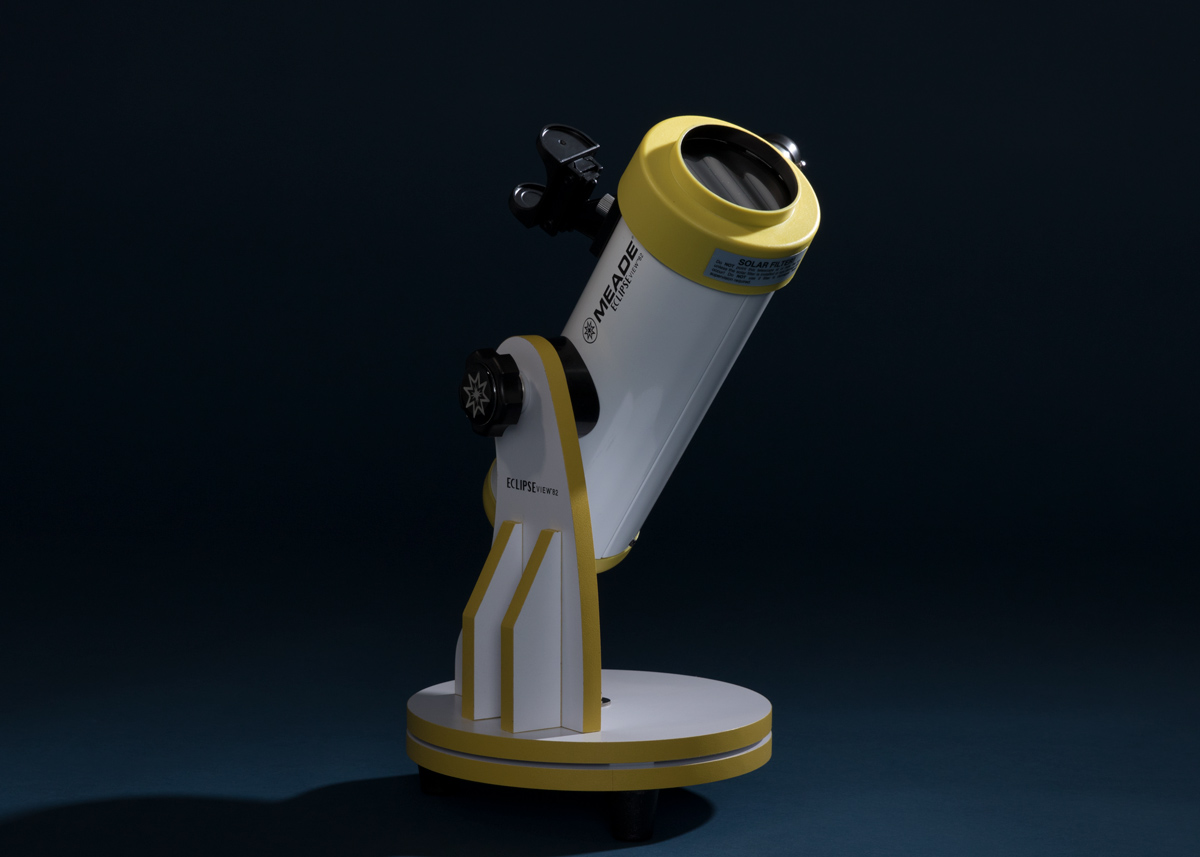
This 82-millimeter tabletop telescope by Meade has a removable solar filter to safely observe the sun. It includes 26-mm and 9-mm eyepieces and a 2x Barlow lens to adjust the magnification. A 360-degree swivel mount and point-and-look design makes it easy to use and good for beginners. Weighing less than 4 lbs., it's super-light for a portable telescope. ($80 on Amazon)
Why we love it: This portable little telescope is great for looking at the sky day or night to observe the moon, planets and other celestial objects.
Join our Space Forums to keep talking space on the latest missions, night sky and more! And if you have a news tip, correction or comment, let us know at: community@space.com.
Get the Space.com Newsletter
Breaking space news, the latest updates on rocket launches, skywatching events and more!

Hanneke Weitering is a multimedia journalist in the Pacific Northwest reporting on the future of aviation at FutureFlight.aero and Aviation International News and was previously the Editor for Spaceflight and Astronomy news here at Space.com. As an editor with over 10 years of experience in science journalism she has previously written for Scholastic Classroom Magazines, MedPage Today and The Joint Institute for Computational Sciences at Oak Ridge National Laboratory. After studying physics at the University of Tennessee in her hometown of Knoxville, she earned her graduate degree in Science, Health and Environmental Reporting (SHERP) from New York University. Hanneke joined the Space.com team in 2016 as a staff writer and producer, covering topics including spaceflight and astronomy. She currently lives in Seattle, home of the Space Needle, with her cat and two snakes. In her spare time, Hanneke enjoys exploring the Rocky Mountains, basking in nature and looking for dark skies to gaze at the cosmos.
